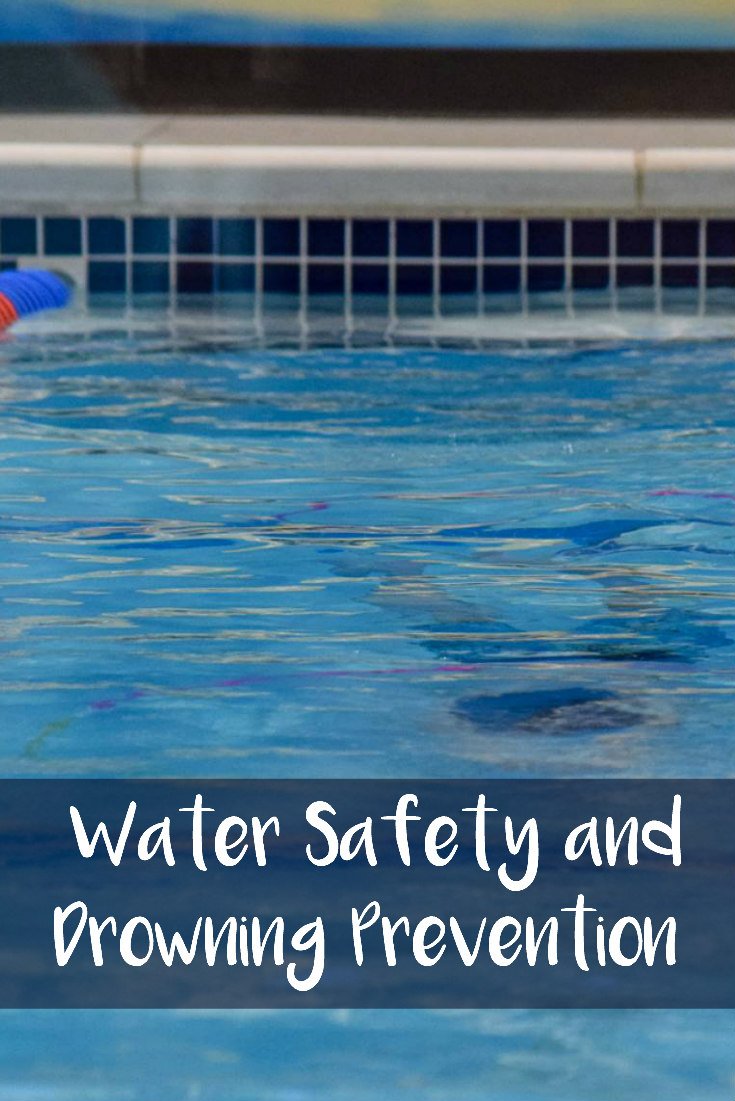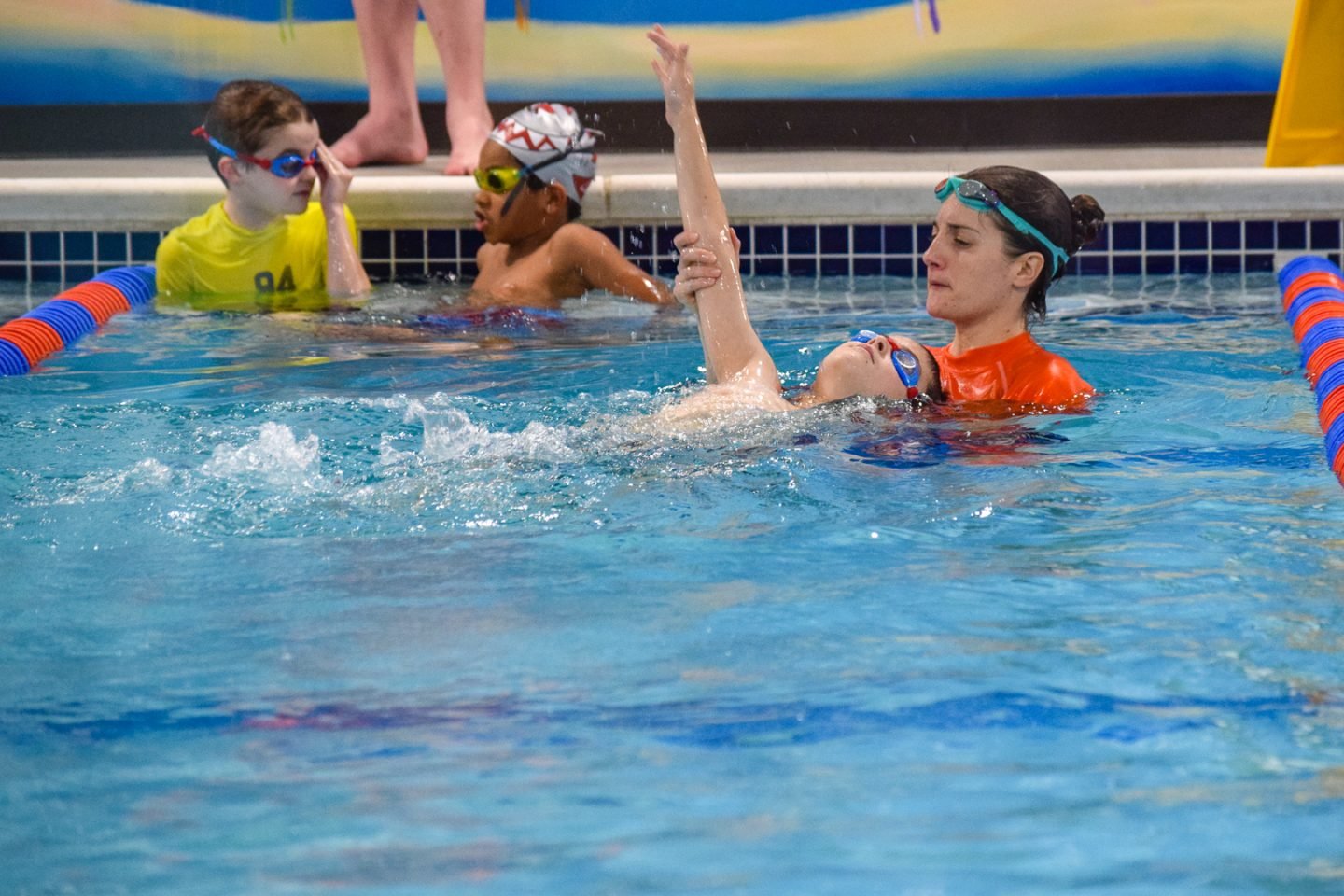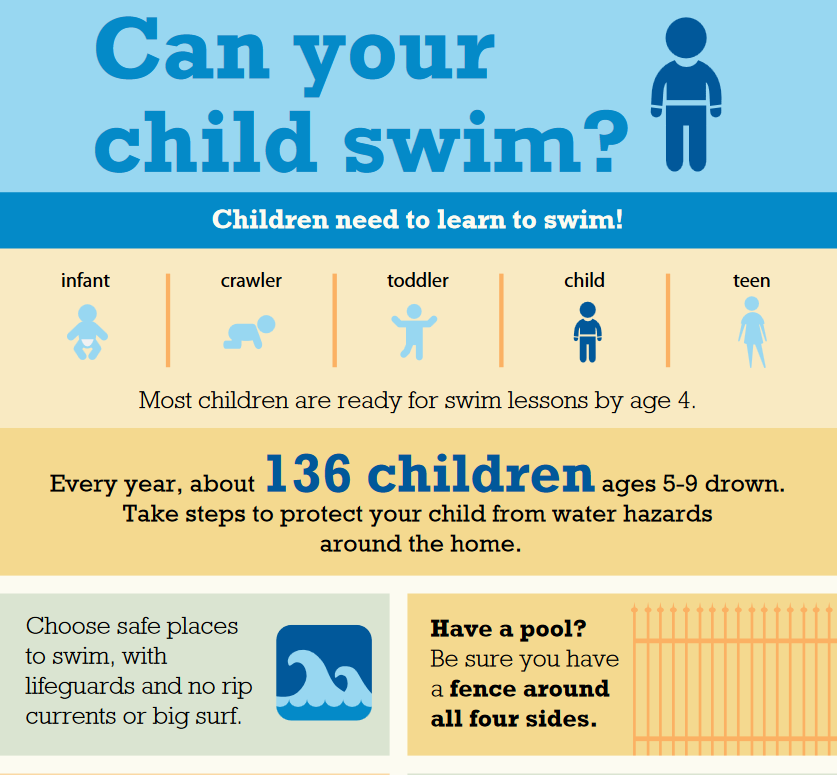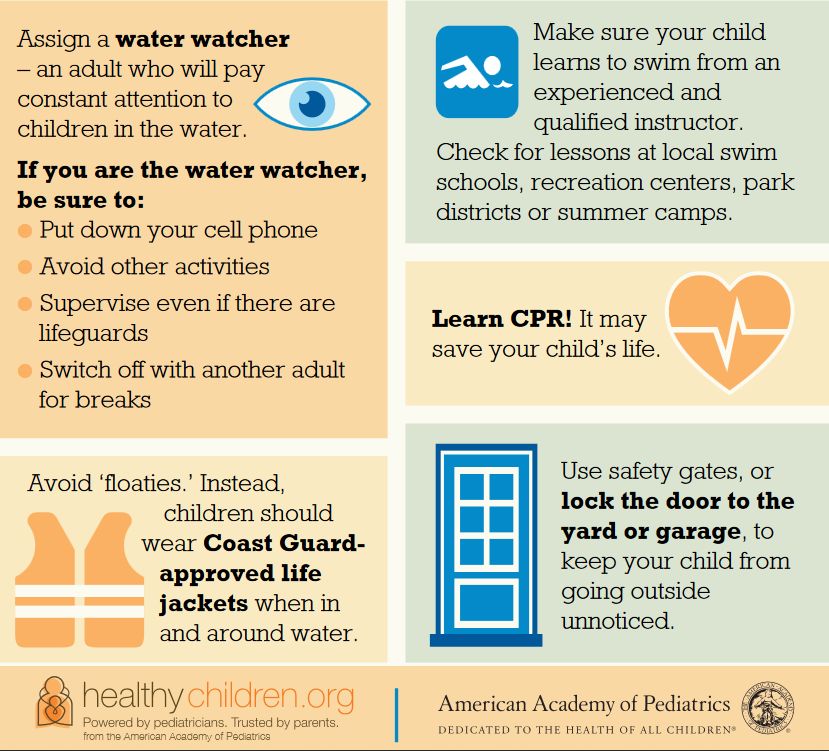
The American Academy of Pediatrics (AAP) recently announced an update to their recommendations on water safety and drowning prevention. Drowning is the number 1 cause of unintentional injury related deaths of children ages 1-4. The second age group at highest risk of drowning deaths is teens, according to the AAP. Every year, about 370 children ages 10 to 19 drown. “Adolescents can be overconfident in their swimming abilities and are more likely to combine alcohol use with swimming – compounding their risk significantly.” Drowning is the third leading cause of unintentional injury-related death among children ages 5-19 years.

After the update was announced, Goldfish Swim School sent out a letter to its members stating that its main focus and priority remains on “educating children on water safety while teaching them to swim and respect the water.” The AAP recommends swim lessons beginning around the age of 1 (at Goldfish, children can start lessons at 4 months!). They recommend asking your pediatrician if your child is developmentally ready for swim lessons and finding a program that has experienced, well-trained instructors and teaches the ability to get out of the water after accidentally falling in. You can read more about when to start swim lessons and what parents should know. Some important things that children should learn in their swim lessons include:
- Never swim alone or without adult supervision.
- Always ask permission before going into a body of water.
- What to do in a water emergency and what to do if they see someone else struggling in the water.
It is also important that adults learn how to supervise their children while they are swimming. Here are some recommendations for parents:
- Always pay attention.
- Get in the water with younger children.
- Don’t leave young children in the care of older children.
- If you’re in a group or at a party, take turns being the designated water watcher.
- If you have a pool, make sure there is a fence that separates it from the house and that children can’t open it on their own.
- Use life jackets at natural bodies of water and on non-swimmers in the pool or at water parks.
- Learn how to recognize signs of distress and what to do in an emergency.
- Enroll your children in swim lessons.
Here are even more recommendations for drowning prevention for toddlers and for water safety for teens. One thing not mentioned that comes to mind is to teach safe water play. Children should learn to never hold other children under water and to never push anyone into a pool, even if you know they can swim. I was reading a story about a woman whose friend pushed her into a pool and she hit the bottom head first, breaking her neck and paralyzing her.


I am so happy that Simon is in swim lessons at Goldfish. If I hadn’t signed him up this past summer, he still would not know how to swim. After reading all of this information, I believe that it is essential for children to learn to swim and I should have signed up Simon even sooner.

